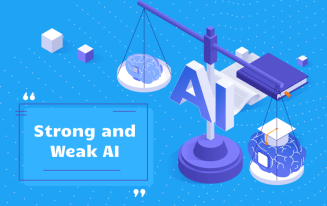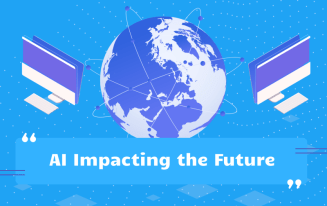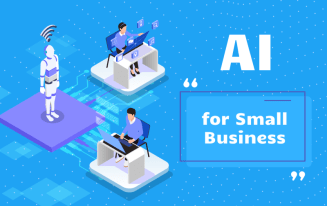How AI Learns and Adapts in the Digital Age
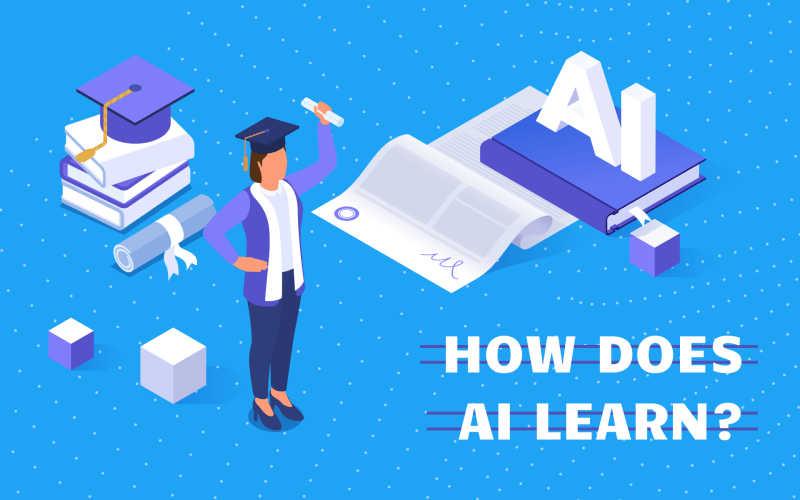
At the heart of all artificial intelligence (AI) lies the ability to learn and adapt to at least some minimal degree. This quality enables machines to perform complex tasks and make intelligent decisions. But this begs an obvious question: how does AI actually learn? Understanding the techniques and processes that enable AI learning provides key insights into how this powerful new technology functions. In this article, we’ll explore the fascinating world of AI learning, including the standard training process, typical techniques used, and some of the key challenges involved.

Employ the full range of AI advantages with AImReply and express your thoughts faultlessly in every email.
Table of Content
- The Basics of AI Learning
- Machine Learning and Deep Learning
- How AI Learns
- Additional Techniques for AI Learning
The Basics of AI Learning

While humans learn from what they experience, AI typically learns from their data. To do so, the AI must analyze a large amount of information, identify relevant patterns, and then act based on its conclusions. There are two main ways to approach this process: supervised or unsupervised.
In supervised learning, researchers provide the AI with labeled examples tied to a desired output. The AI compares what it thinks will happen with what actually happens and adjusts its reasoning accordingly. Conversely, unsupervised learning utilizes unlabeled data. This requires the AI to learn on its own without any aid.
Machine Learning and Deep Learning
Machine Learning (ML) is a branch of research focused on improving the accuracy of an AI’s predictions. First, you train the AI on a starting set of data. Next, you allow the AI to interact with real people. Over time, the AI hones its skills based on the feedback it receives from people who use it.

Deep learning takes machine learning a step further by attempting to simulate the way people think. Whenever the AI receives new information, it runs it through this system to decide how it should respond. This process has proven to be remarkably successful in everything from computer vision to natural language processing.
The difference between AI and ML lies in their approaches to learning: while AI encompasses a broader scope of artificial systems mimicking human intelligence, ML specifically emphasizes the improvement of predictive accuracy through data-driven training processes.
For those looking to streamline their communication processes, consider utilizing the advancements in AI email generation. Explore our AI email generator tool at AImReply to experience the efficiency and convenience it offers in crafting effective emails.
How AI Learns
The AI learning process involves several key steps:
- You must first Gather Your Data. You’ll need a large, diverse data set to properly teach AI. This information must be representative of the problem you want to solve. For example, to train an image recognition model, you’d need thousands, or even millions, of images.
- Once you have the appropriate data, you must Prepare Your Data. This might involve removing extreme outliers or splitting it into separate sets for training and testing.
- Next, Construct Your Model that can learn from your info set. This means selecting an appropriate architecture, defining the internal structure, and initializing any parameters.
- You then have to Train Your Model based on your data. During this process, the model iteratively adjusts itself to minimize errors and increase efficiency using optimization techniques.
- Once the model is trained, you’ve still got to Validate Your Model. Give the AI a separate set of data it’s never seen before to evaluate its performance. How you measure its success depends on its purpose. For example, for an image recognition AI, you might judge it based on its accuracy or precision.
- Based on how your model performs in the previous step, you’ll likely need to Tweak Your Model. This could involve anything from fine-tuning its initial parameters to collecting fresh data for additional training. You can repeat this process as many times as it takes to achieve your desired results.
Additional Techniques for AI Learning

Everything we’ve discussed above is just the tip of the iceberg. There are plenty of other techniques that can be useful for teaching AI. Here are a few of the most common ones.
Neural Networks
As mentioned above, neural networks consist of interconnected layers of artificial neurons that process and transmit information. Inspired by the structure of the human brain, they represent the backbone of deep learning. Because of their ability to recognize intricate patterns hidden within a set of data, they are particularly effective at image and speech recognition.

Reinforcement Learning
Reinforcement learning encourages an artificial agent to interact with its environment in order to achieve the best possible reward. Whenever it performs an action, it adjusts its behavior accordingly based on the feedback it receives.
For example, an AI learning how to play Pac-Man might earn different points for consuming a regular dot, a power pellet, or a ghost. Conversely, it might receive penalties each time an active ghost catches it. This technique has been successfully applied to a variety of domains, including robotics, gaming, and autonomous vehicles.

Transfer Learning
In transfer learning, researchers choose a model already trained on another set of data and reuse it as the starting point for a brand-new task. The hope here is that knowledge acquired while performing one job can be applied (or transferred) to another related job. When successful, this significantly reduces the resources required to train a new model.
Artificial Intelligence work involves leveraging existing models and techniques to address new challenges efficiently.
Generative Adversarial Networks (GANs)
GANs are a type of neural network that consists of two components: a generator and a discriminator. The generator creates false results in an attempt to trick the discriminator, while the discriminator tries to distinguish between a real result and a fake one. GANs have proven useful for tasks such as image generation, text-to-image synthesis, and style transfer.

Evolutionary Algorithms
Inspired by natural evolution and genetics, evolutionary algorithms create a constantly mutating selection of viable solutions. Every generation, the fitness of each solution is evaluated based on how well it accomplishes a given task. Then, the best solutions are selected to mutate into the next generation. Evolutionary algorithms work well for solving optimization problems, automating designs, and playing games.
Challenges in AI Learning

While researchers continue to make significant strides forward in AI learning, they still face a number of difficult challenges.
- Data QualityResearchers must ensure that the data used to train their AI model is actually representative of the problem(s) they want it to solve. Inconsistencies between the training data and what the model would encounter in the real world can lead to biases in predictions and harm the model’s ability to make accurate judgements.
- OverfittingThis refers to when a model performs well on the training data but fails to adapt to new scenarios. Generally, this may happen when the AI memorizes the initial examples instead of seeking out underlying patterns.
- AccountabilityAI models, especially those derived via deep learning, are often referred to as “black boxes” because of how difficult it can be to understand what they’re doing. As a result, researchers continuously seek better ways to improve transparency in the AI’s decisions.
- Ethical ConsiderationsTraining AI raises concerns over how to best protect those who interact with it. It’s important to ensure that we design such systems to respect user privacy and avoid discrimination.
Key Takeaways on How AI Learns

Understanding AI learning lets us peer into how machines evaluate information and decide how to act. Researchers have developed many techniques to transform AI into more successful thinkers, from supervised and unsupervised learning to neural networks and evolutionary algorithms. As users of AI, we must also continue to address ongoing challenges such as data quality, overfitting, and accountability if we want to responsibly improve these artificial systems.
At AImReply, we’re committed to developing AI that augments our potential rather than detracts from it. If you’re ready to start taking advantage of machine learning today, consider trying out our intelligent email assistant. Together, we can build a brighter future via human-centered AI, one email at a time.
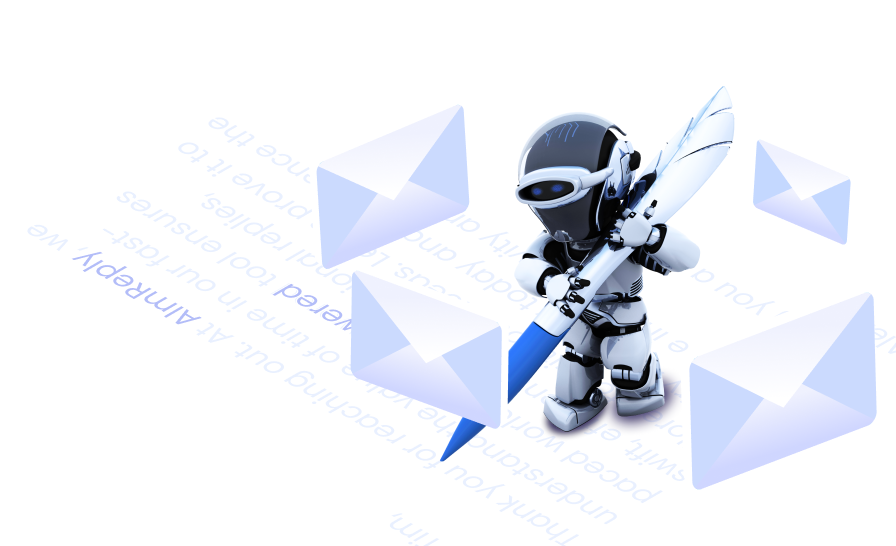
February 06, 2024
- 8 min
- 130
Since the release of ChatGPT on November 30, 2022, we have seen an explosion of interest in artificial intelligence. AI has changed nearly every industry, and looking at the benefits can help to better understand where we might be headed in the future.
February 21, 2024
- 8 min
- 137
As artificial intelligence keeps advancing, we continue to learn more about the differences in intelligence with this technology. Most AI experts believe that the technology still has a way to go before we could say that it’s smarter than humans. Nevertheless, we could one day have this technology available..
April 05, 2024
- 5 min
- 225
Considering the rapid growth of artificial intelligence (AI), it’s on track to inevitably shape the future in more ways than one. From our personal to professional lives and everything else in between, AI comes with seemingly endless capabilities. Although this is true..







